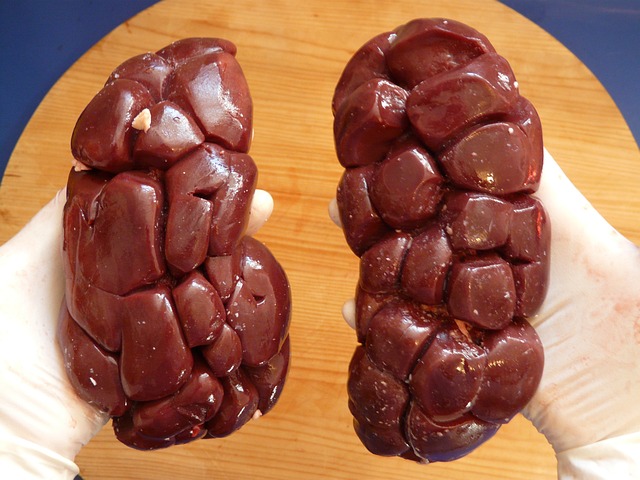The kidney plays many vital roles in the body. One of those roles is to eliminate medications and their metabolites. When the kidney is not functioning well, drugs are eliminated from the body at a slower rate and can accumulate. Those higher drug concentrations can lead to an increased risk for toxicity. In this post, I share my top 10 drugs affected by renal function and the toxicities you need to monitor.
Metformin
Metformin is one of the most commonly used diabetes medications. When a dose is given, it is 90% excreted in the urine. We tend to discontinue or reduce the dose of this medication as kidney function declines to avoid adverse effects. It carries a boxed warning for lactic acidosis and renal function is a major risk factor.
Gabapentin/Pregabalin
These two medications are commonly used for numerous different indications with neuropathy and other pain syndromes being the most common use that I see in my practice. With poorly functioning kidneys, these medications will accumulate and adverse effects like fatigue, dizziness, edema, and sedation may be more likely.
Digoxin
Digoxin isn’t used near as often as it used to be in practice, but you still have to pay attention to this drug in patients with declining renal function. Confusion, weight loss, nausea, vomiting, diarrhea, and rarely visual disturbances can happen with digoxin toxicity.
Allopurinol
Allopurinol and one of its active metabolites oxypurinol) is significantly excreted in the urine. In patients with worsening renal function, I always assess the dose of allopurinol to ensure that it isn’t too high.
PCN/Cephs
Many penicillin and cephalosporin antibiotics require dose adjustments in patients with poor renal function because many of them are primarily eliminated by the kidney. Ensure dose adjustments are made as indicated based upon the patient’s renal function.
Colchicine
Notorious for diarrhea as an adverse effect, colchicine may be more likely to cause adverse effects like this as renal function declines. Colchicine is in the neighborhood of 50% eliminated as unaltered drug through the urine.
Apixaban
While not overwhelmingly excreted in the urine, this medication is being used frequently and it is significant enough to mention in my opinion. Apixaban is reported in the urine at 27% as unchanged drug. This also makes sense why we incorporate renal function as a factor to reduce the dose. In atrial fibrillation, we assess weight (less than or equal to 60 kg), creatinine (1.5 or greater), and age (80 and over). If the patient has at least 2 of these, the recommended maintenance dose is 2.5 mg BID (versus the usual 5 mg BID).
Quinolones
Quinolone antibiotics are still frequently used in practice despite boxed warnings. I discuss all of the boxed warnings and toxicities in depth on this episode of the Real Life Pharmacology podcast. Both levofloxacin and ciprofloxacin require dose adjustments with renal impairment.
Acyclovir/Valacyclovir
With acyclovir and valacyclovir being commonly used antiviral medications, you should know that they require dose adjustments to avoid toxicity. Also, recall that valacyclovir is converted to acyclovir which has the primary antiviral activity. GI upset and rare reactions like skin reactions, elevations in LFTs, and acute renal failure risks may increase as concentrations rise. Many years ago, I had a case graciously shared with me about a rare potential risk of acyclovir. Renal impairment played a role in that situation.
Enoxaparin
While not used as often as it used to be, enoxaparin requires dose adjustments in renal impairment because the kidney plays a role in stopping its activity. Bleeding risk is the obvious concern with excessive enoxaparin concentrations.
There you have it, my top 10 list of drugs affected by renal function. What else would you add to this list?
- 30 medication mistakes PDF
- 18+ Page Drug Interaction PDF
- 10 Commandments of Polypharmacy Webinar based on my experiences in clinical practice



0 Comments